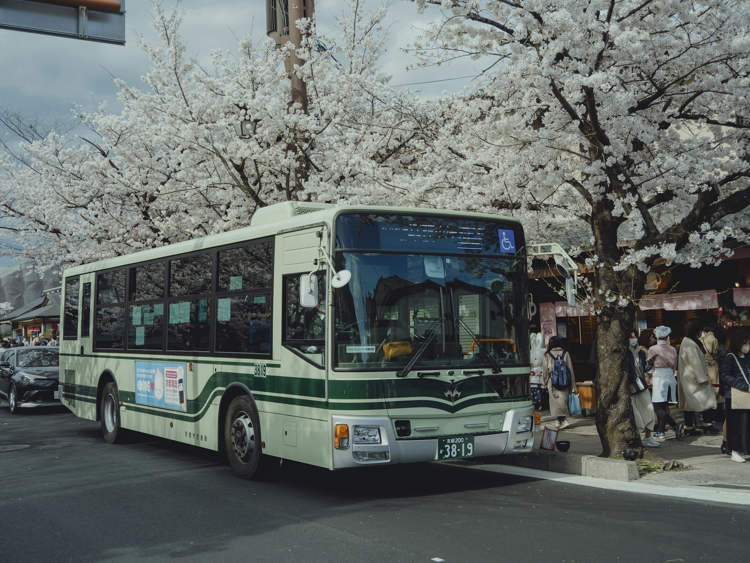The residents of Rolling Hills Estates, a small community on the Palos Verdes Peninsula, in southwestern Los Angeles, have been sharing their home with dozens of beautiful wild peacocks for almost 100 years. The exotic birds have always added a rustic charm to the upscale suburb, but as their population continues to grow uncontrollably, many residents now view them as a terrible nuisance.
For several decades, the people of the Peninsula have tried to keep their peace with the birds. The peacocks were actually an added attraction at one point, with buyers choosing homes specifically because they fell in love with the beautiful creatures. There were regulations, education programs and behavior modification in place, all in order to accommodate the lovely peacocks.
“Palos Verdes Peninsula has many sights to see – crashing waves, rolling hills and peacocks in the trees,” said Mary Jo Hazard, an author who lives in the Peninsula. “What fascinates me is – they’re so beautiful, they’re so exotic and I don’t think there’s anything more fascinating than seeing peacocks on the roofs, peacocks walking across the street.”
Photo: johnwilliamsphd
“We moved in here in 1983, and drove down the streets, saw the birds, really liked them, thought, ‘this is really nice, this is a beautiful area,’” said resident Eunice Berman. “Who knew this was so close to LA? I love their colors, I love the fact that they really have personalities.”
Over 1,000 peacocks inhabit the Peninsula these days, and unfortunately, not all the residents share Mary Jo and Eunice’s sentiments. “I don’t know if there’s more than there used to be, but there’s a lot,” said A.J. Poulin, another resident. “We had the car scratched, you can’t park your car under our tree – it’ll be white with poop.”
Photo: Moto “Club4AG” Miwa
Poulin also expressed his displeasure at his neighbors feeding the peacocks with bird food, discouraging the birds from leaving the area to look for food. “There’s no mechanism to reduce the population, and people are annoyed. There’s a lady that has 28 on her tree every night. She can’t even talk on the phone.”
Those who are against the peacocks have a few valid points – they are extremely noisy, scratch and damage cars, their droppings are everywhere, they hop high on to roof tops and damage roof shingles. They also block roads and traffic, soil driveways and make a lot of noise at night. For all these reasons and more, the patience of many residents is wearing thin.
Photo: johnwilliamsphd
Unfortunately for the peacocks, the situation has turned violent, as residents are no longer willing to tolerate the noise and their aggressive behavior. Over the last two years, around 50 peacocks have been killed by arrows, bullets, pellets, poison or other suspicious means. Naturally, this has sparked outrage among the peacock lovers in the region.
According to Eunice, people shouldn’t have moved into the area if they didn’t like living alongside peacocks. “I understand, when you’re buying into an area, most people drive through the area, look at many houses, they know what they’re getting into. Yes, they see the birds, they think they’re beautiful. They don’t realize that there’s going to be noise, there’s going to be peacock ‘stuff’. They can’t say that they didn’t know the birds were here.”
Photo: Allen Lee
Almost 20 peacocks have been killed in the past seven months alone, Lt. Cesar Perea of the Society for the Prevention of Cruelty to Animals (SPCA) said. He estimated that some were killed accidentally, but a majority were killed intentionally. Three organizations are currently involved in investigating the peacock deaths – the local Sheriff’s Department, animal control services, and the SPCA. To put a stop to the merciless killings, they’ve decided to slap a $200,000-fine on the offenders.
“This is animal cruelty,” said resident Linda Retz. “It’s frightening for the people who live here.” Things have gotten so bad in the region that peacocks are a sensitive topic of discussion now, which could spark an argument between residents at any point.
Photo: johnwilliamsphd
The origin of the peacocks that inhabit the Peninsula is not very clear, but the most popular story suggests that the birds originally came from India. Frank Vanderlip Sr., who owned most of the Peninsula in the 1920s, happened to visit his friend Lucky Baldwin’s estate in Arcadia. Vanderlip is believed to have admired Baldwin’s flock of peacocks that had originally been imported from India. When Vanderlip commented that his own estate was rather quiet, Baldwin gave him six peacocks to ‘liven up the place’.
Another version of the story states that the peacocks were a gift from Vanderlip’s daughter that came long after he had admired Baldwin’s collection.
In the 1990s, Rolling Hills Estates had tried hard to solve their peacock problem amicably – they invited Dennis Fett, director and founder of the Peacock Information Center from Iowa for help. His only advice at the time was to build feeding stations and roosting barns away from homes to modify the peacocks’ behavior. Unfortunately, the residents don’t seem to have implemented his idea.
“My plan was not easy, it required work on their part,” said Fett. “The residents who both loved the peacocks and hated the peacocks had to do their part to make the plan work. Neither side did their part.”
In 2005, the city tried their own measures to reduce cruelty towards the birds – prohibiting anyone from shooting, taking, trapping or injuring any wild bird in the city. There’s also a trap-and-removal program for peafowl in place, but homeowners need to get a $55 permit to access it. Only 13 permits have been pulled and only one peacock has ever been trapped. Residents have also been advised to spray water or get a dog as a deterrent to the peacocks.
There isn’t a clear solution in sight to the peacock menace for now, but many residents would be unhappy if the birds were to go away. “I’d be very sad,” said Eunice. “I grew up in this Peninsula. I guess I’d feel the same way ranchers and farmers feel when they lose their ranches and their farms.”
Sources: Vimeo, Maureen Megowan, LA Times











